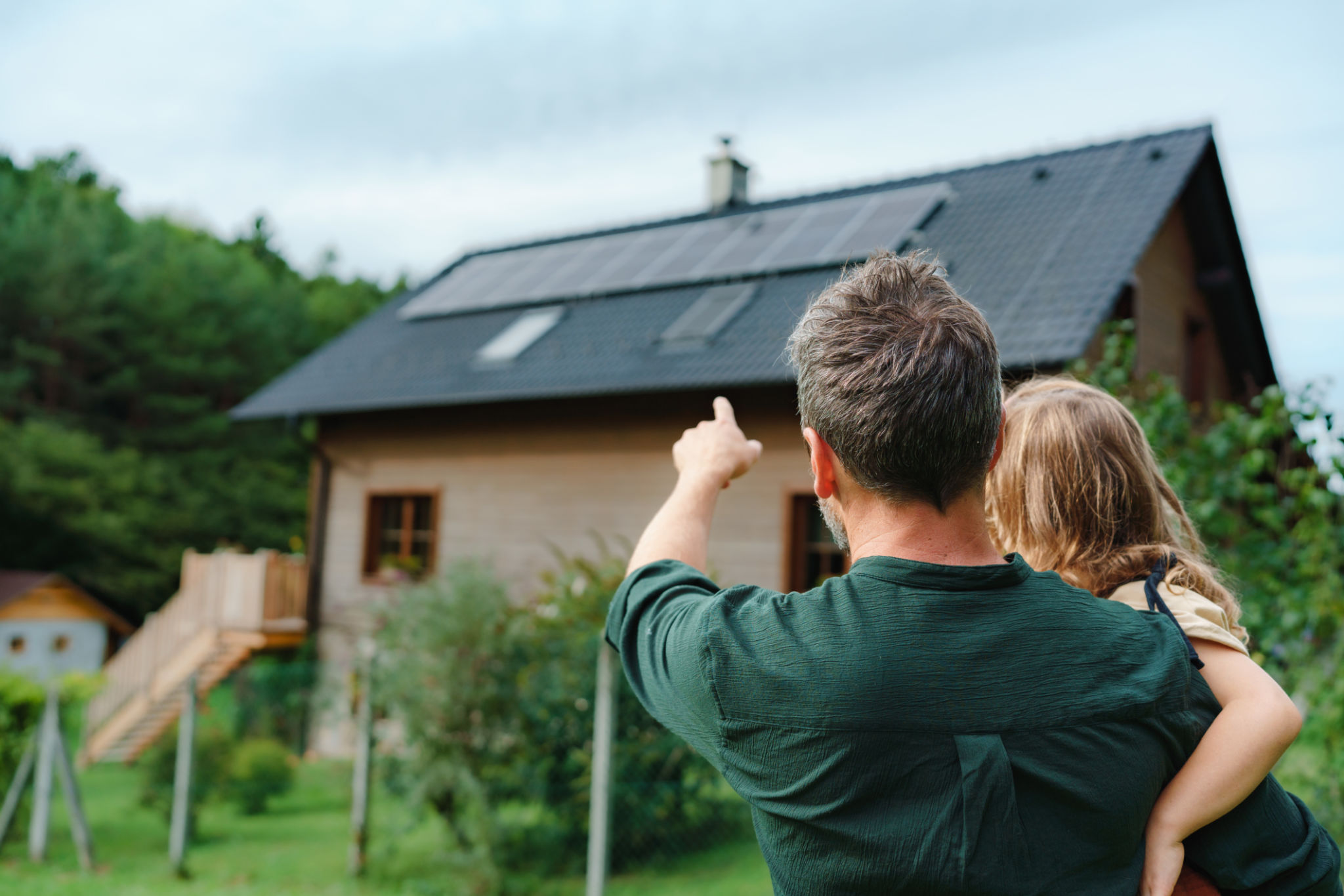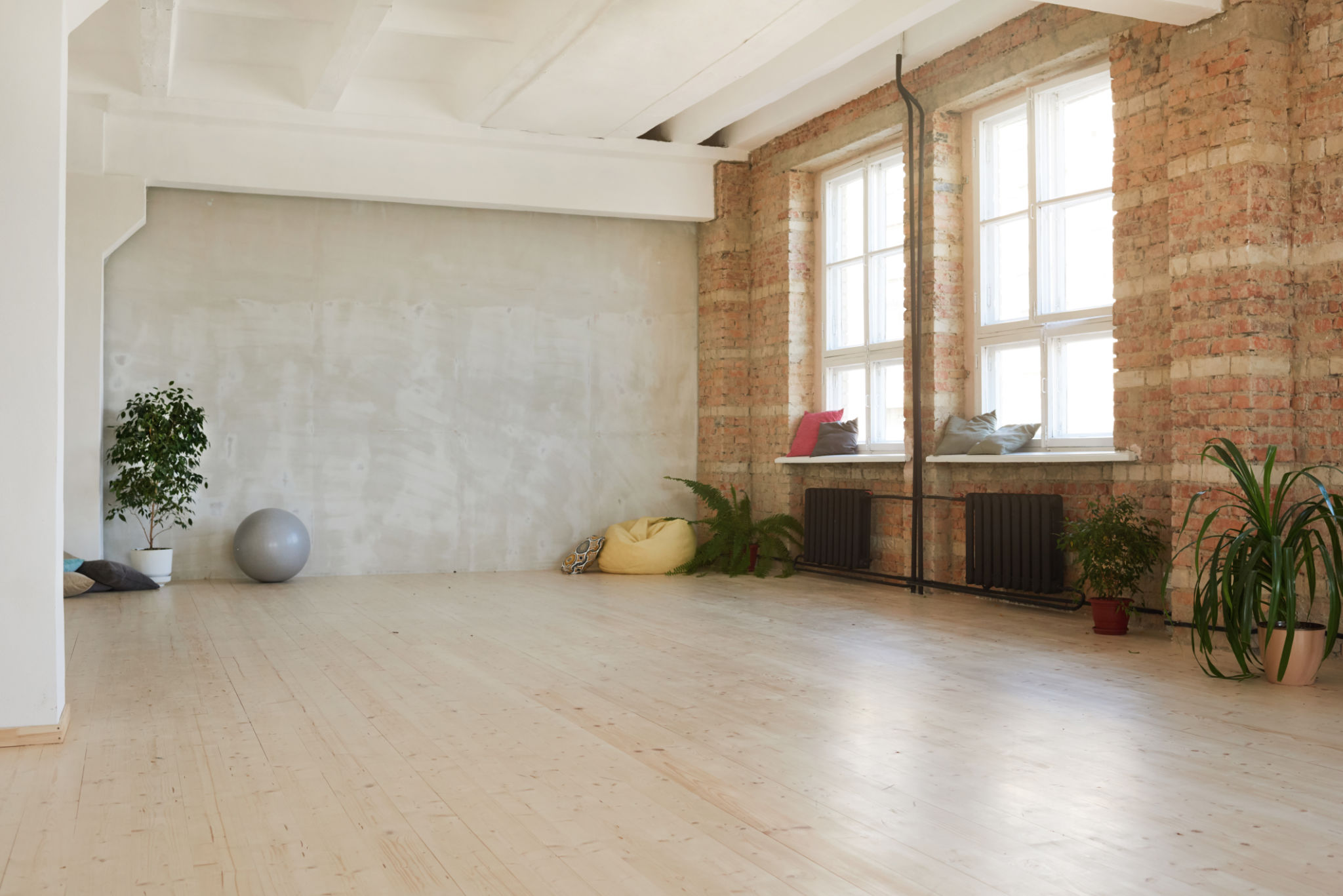Modern Architecture Trends for Residential Homes: What to Expect
Embracing Minimalism
Modern architecture trends for residential homes are increasingly favoring minimalism. This design philosophy focuses on simplicity, functionality, and open spaces, offering homeowners a clutter-free environment. By emphasizing clean lines and removing unnecessary elements, minimalism creates a serene atmosphere that blends aesthetics with practicality.
Minimalist homes often utilize monochromatic color schemes, allowing for a seamless flow between rooms. The use of natural materials like wood and stone enhances the organic feel of the design while maintaining a connection to nature. This trend is perfect for those who appreciate a calm and organized living space.

Smart Home Integration
Another significant trend in modern residential architecture is the integration of smart home technology. As technology continues to evolve, homeowners are seeking ways to make their living spaces more efficient and convenient. Smart homes offer features such as automated lighting, climate control, and security systems that can be managed through a smartphone or voice commands.
This integration not only enhances the home's functionality but also adds a layer of sophistication. With the ability to customize settings to suit individual preferences, smart homes provide an unparalleled level of comfort and control for their residents.

Sustainable Design
Sustainability is at the forefront of modern architecture trends, as more homeowners prioritize eco-friendly living. Incorporating sustainable materials and energy-efficient technologies is becoming standard practice in residential design. Features such as solar panels, rainwater harvesting systems, and green roofs contribute to a home's environmental impact reduction.
In addition to reducing carbon footprints, sustainable design elements can also lead to significant cost savings over time. Homeowners benefit from lower utility bills while contributing to a healthier planet, making sustainability an attractive option for modern living.

Biophilic Design
Biophilic design is gaining popularity as it seeks to connect residents with nature. This trend involves incorporating natural elements such as indoor plants, water features, and natural light to enhance the living environment. The presence of these elements has been shown to improve mood, productivity, and overall well-being.
By blurring the line between indoor and outdoor spaces, biophilic design provides a refreshing escape from urban life. Large windows, open patios, and garden spaces are common features in homes following this trend.
Flexible Spaces
As lifestyles change, the need for flexible living spaces has become increasingly important. Modern architecture trends are addressing this need by designing homes with adaptable spaces that can serve multiple functions. For example, a room might function as a home office during the day and transform into a guest bedroom at night.
This versatility is achieved through innovative use of furniture and layout designs that maximize space efficiency. Sliding doors, movable walls, and multifunctional furniture are just some of the solutions architects use to create flexible living environments.

Emphasis on Outdoor Living
The importance of outdoor spaces in residential design cannot be overstated. Modern architecture trends are prioritizing the creation of inviting outdoor areas that serve as extensions of the home. Patios, decks, and outdoor kitchens are increasingly common features in contemporary home designs.
These outdoor spaces facilitate social gatherings and provide a place for relaxation and leisure. By incorporating elements such as comfortable seating, fire pits, and ambient lighting, homeowners can enjoy their outdoor environments year-round.
In conclusion, modern architecture trends for residential homes are focused on creating spaces that are not only aesthetically pleasing but also functional and sustainable. By embracing these trends, homeowners can enjoy a harmonious living environment that meets their evolving needs.
